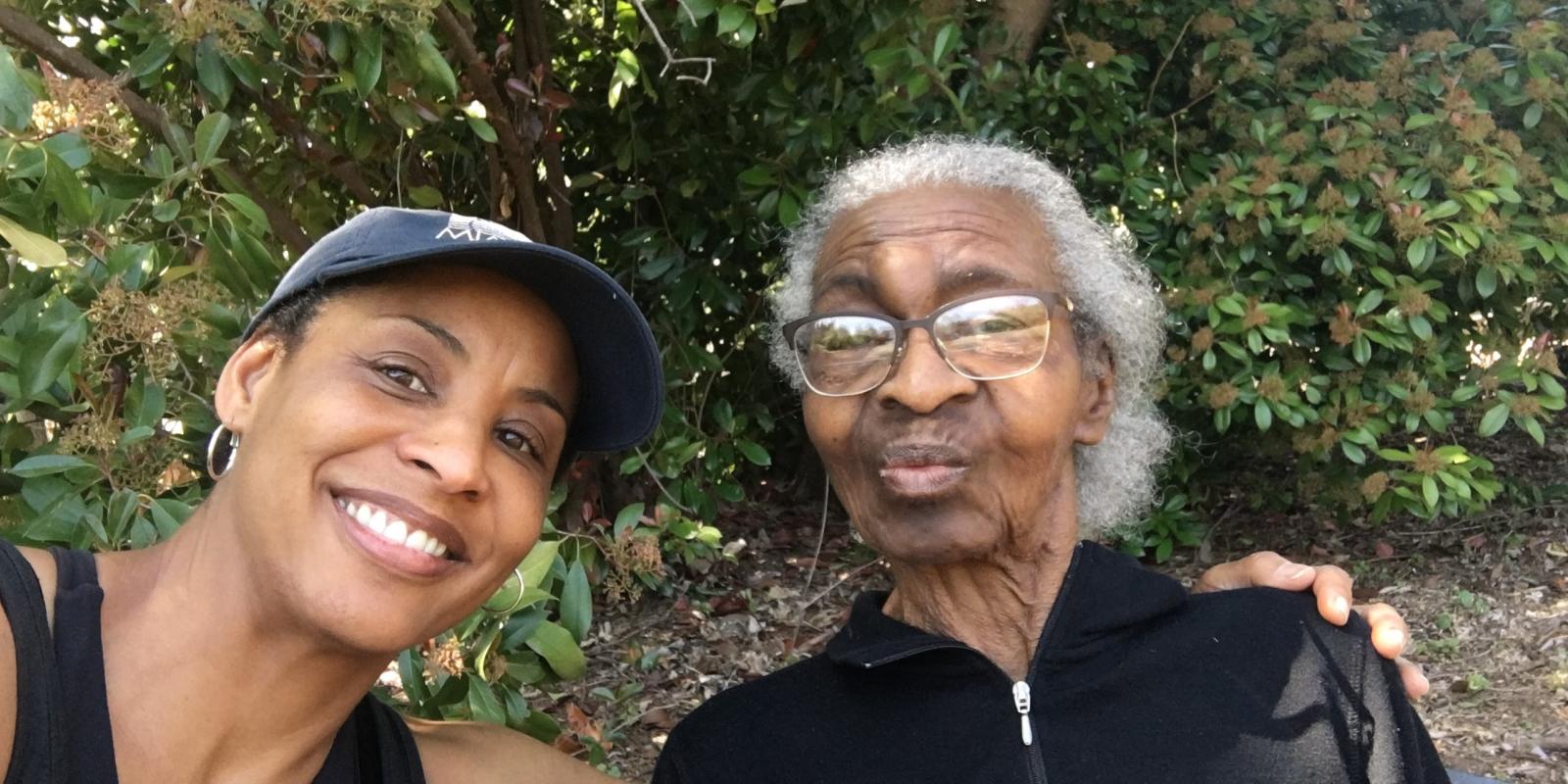Editor’s Note: The John A. Hartford Foundation is collaborating with ASA to advance equity in aging by supporting ASA RISE, a 20-week social justice and leadership program for rising leaders of color in aging, and via the development and dissemination of equity-related, partnership-based thought leadership through ASA’s Generations platform. This blog post from an ASA RISE Fellow is the fourth in that series.
Most people would agree the COVID-19 pandemic put a much-needed spotlight on the myriad issues surrounding how our society cares for—or in many cases fails to properly care for—our older population.
Two distinct and memorable moments during the height of the pandemic stand out for me. As a family caregiver to my now deceased mother, one incident was extremely personal, the other more geared toward my profession as a broadcast journalist. Both proved to be catalysts driving me to the field of aging.
Sadly, in January 2020, Parkinson’s disease, diabetes, heart disease and the ravages of time and age pushed my mother, Mrs. Nellie Yarbough, into severe physical decline.
As much as I wanted my mother to stay at home, with me and in my care, we made a tough decision. The realities of her daily care needs meant moving her to an assisted living facility.
I hated making that choice and even now, it breaks my heart. But I also knew it was becoming increasingly dangerous—and almost impossible—to properly care for her at home.
Caregiving Realities During COVID
By spring of 2020 the COVID-19 pandemic had taken hold. We watched as the virus ripped through nursing homes and care facilities, hitting older adults hard. Once we realized the dangers, facilities began stopping family access.
I was one of the thousands who could no longer physically be with my loved one for daily visits. Our moments together were limited to when I had to pick her up for doctor’s appointments. I would intentionally pick up lunch to eat in the car, just to spend more precious time with my mother.
Her room faced an outdoor garden courtyard. At the start, the facility allowed me to sit outside my mother’s window. We would talk on the phone, while seeing each other through the glass.
One day I snapped a photo of her through the glass and captured my reflection looking in. I shared that photo with my news director, and he said I should produce a story.
‘I couldn’t help but notice that none of the doctors, nurses, aides or specialists looked like us.’
Somehow, it had not registered that I represented the real caregiving experience; all the fears, sadness and angst created by the pandemic. As a professional news broadcaster, I watch lots of news. About this same time, I watched a news clip from CNN. I won’t name the reporter, but I will never forget this moment.
He was producing a story about the same topic: families unable to see, touch, hug and be there for their loved ones. He referred to a nursing home as “the old folks’ home.” Seriously?? I recall screaming at the television and then tweeting to said reporter to take time to understand that words have meaning; that using such language was cruel, uninformed, hurtful and a form of ageism.
A Chance to Grasp What Connects DEI and Aging
Roll the calendar forward to Fall 2021 when I saw the application notice for the ASA RISE program.
As an African American woman, a family caregiver, a journalist and someone who wants to take action when I see injustice, the opportunity to merge my personal and professional experiences, while gaining a deeper understanding of exactly how diversity, equity and inclusion—or lack thereof—plays out in the field of aging, intrigued me. After all, I had lived it moving through the care journey with my mother.
I couldn’t help but instantly recall moments of having doctors seemingly dismiss her descriptions of various symptoms, or of prescribing medications (specifically those for diabetes) that I knew from my own research affect African Americans differently than they do Whites or other races.
In the current political climate, I couldn’t help but wonder, how many of the people trained to “care” for fellow human beings might not wish to extend that same level of care and dedication to a person of color?
As her care needs increased, I couldn’t help but notice that none of the doctors, nurses, aides or specialists looked like us. None of the emergency response team members looked like us.
Those realizations forced me to think about communities across the country in which people of color may be marginalized and not have anyone who remotely looks like or understands their unique needs. Yet those healthcare providers sometimes are making life-and-death decisions for these individuals.
Since starting the ASA Rise program, I have a greater understanding of what diversity, equity and inclusion means, in practical terms.
I have a deeper appreciation of how long-held beliefs and many of our healthcare operating systems are riddled with systematic racism. Not only do I now understand these connections, but I see with a clearer view how those inequities are intertwined and then play out in the lives of so many Americans.
ASA RISE is teaching me to view current care systems through a lens of equity and inclusion for all people. The work is not always easy; in fact, it is emotionally draining. It hurts my heart to understand how much work is yet to be done to ensure equity for all people. This program has motivated me to question and speak up more, and seek new avenues for advocacy and educational efforts within my region and state
Julia Yarbough is a talent coach and communications consultant at Magid and an Emmy-Award-winning broadcast journalist with more than 25 years’ experience anchoring and reporting. She was also a family caregiver to her recently deceased parent.
Photo: Julia Yarbough with her mother.
Photo credit: Courtesy Julia Yarbough.













